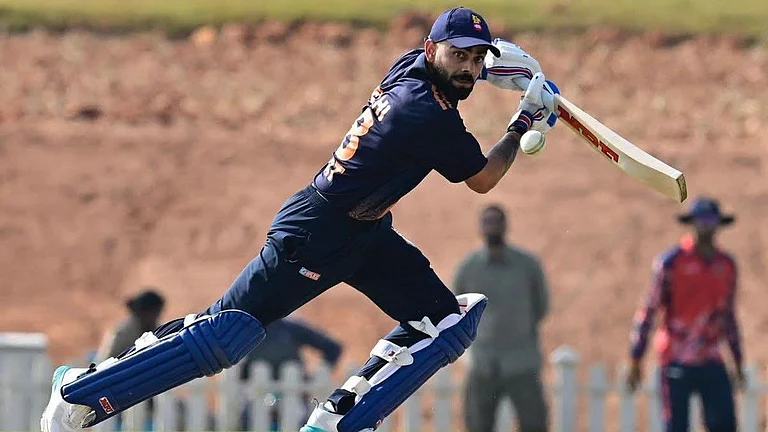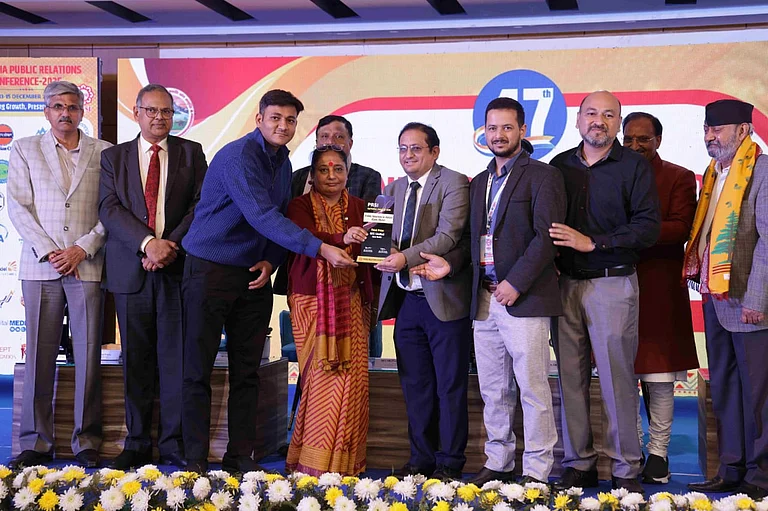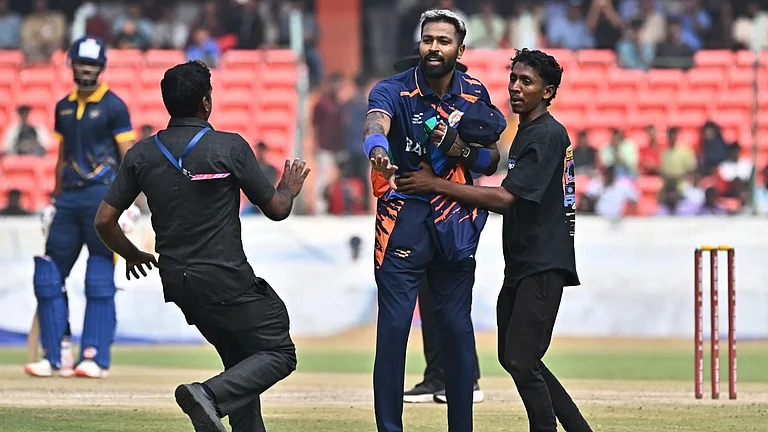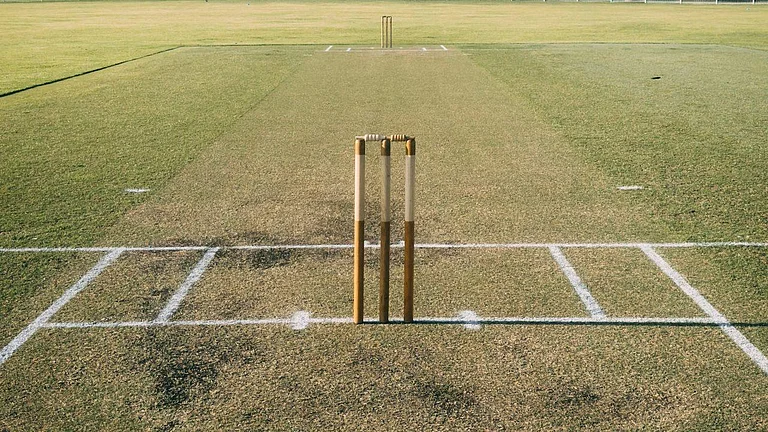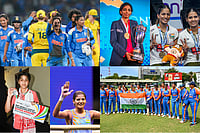The National Family Health Survey of 2019-20 (NFHS 5) data for 17 states and 5 Union Territories, India, released last month, reflects a rise in malnutrition numbers among children. As per the data, wasting (acute malnutrition) has been on the rise for children in 12 states, and this is a definite cause of panic.
Also Read| Malnutrition: The Unspoken Pillars Of Systematic Challenges
Consider that this is partial data, and the survey was conducted before the COVID-19 pandemic and the ensuing lockdown i.e. before 9.17 crore children in 11.35 lakh schools lost access to mid-day meals and many more found themselves without food as their guardians lost their livelihood. This is a cause for alarm.
Severe Acute Malnutrition (SAM) is crucial to understand in its complete reality. It is perhaps the most critical form of malnutrition, especially among children. The low body weight for a child’s height, often associated with significant vitamin and mineral deficiencies, poses serious threat to his/her life, making him/her susceptible to various opportunistic diseases. SAM has been identified as one of the major causes of death for children under five globally.
The severe vitamin and mineral deficiencies, muscle loss and repeated illness associated with SAM, makes children lose their appetite and catch opportunistic infections. This poses a serious threat to the child’s life. For a child with SAM to survive, repeated infections require repeated treatment, often needing specialised in-patient care at tertiary facilities. For poor and marginalized families, a child with SAM not only is a cause of deep concern and distress but also observes them strain their financial resources; often taking on loans at exorbitant interest rates to meet out of pocket expenses for treatment and care of the child. The children also end up missing school, and for the socio-economically vulnerable population, that means not just missing out on education, but also the mid-day meals, which may be the one nutritious meal of the day they otherwise consume. Missing school creates barriers to the child’s intellectual development, emotional wellbeing, and may lead to the child dropping out of school altogether. In resource poor settings, lack of education and opportunities for safe and reliable livelihoods, in turn, push these children towards delinquency.
For India, the rapid rise of undernourishment among children has yet another impact. Apart from the immediate effect this has on the health system - rising burden on tertiary care hospitals, and immediate requirement of investing in Nutrition Rehabilitation Centers - the country is also losing its future bright minds and productive citizens and we are bound to see it affect our GDP in the near future.
The prioritization and ensuring of early detection and treatment of severely acute malnourished children is imperative. This is not easy. Early detection through accurate anthropometric measurements for children, including height, weight and mid-upper arm circumference (MUAC) requires training and equipment, both of which are subject to availability of financial resources.
Currently in India, the task of measuring children under age five is undertaken by the local anganwadi centers. But, day to day micro operational challenges abound- such as the reliability of weighing scales, handling of squirming children etc. As a result, detection of SAM remains unreliable at a community level. For families, on the other hand, myths and misconceptions around a child’s health - such as it is “normal” for children to be severely underweight and they will gain weight in later years - also often prohibit seeking regular health care of children. As a result, severe wasting remains undetected for prolonged periods.
In an ideal scenario, children can be rescued from Severe Acute Malnourishment. But for them to survive and thrive, their environmental challenges have to be tackled head on. The immediate need is the prioritisation of a robust multi-tiered detection and treatment strategy.
The Poshan Abhiyaan emphasises on critical preventive elements such as promotion of infant and young child feeding (IYCF) practices, complete immunization and WaSH. Now, we need to layer in additional resources to ensure detection and treatment of SAM is ensured. This would include:
1. Investing in household and community-based detection and management of acute malnutrition in addition to NRCs
2. Investment in equipment and refresher trainings for anganwadi workers, helpers, ASHA and ANMs on taking accurate anthropometric measurements at community levels.
3. Training teachers and nurses on identification and detection of SAM at school level, and ensure monthly growth monitoring.
4. Ensuring high quality and fortified food availability at the public distribution centers (PDS)
A popular adage goes - “It takes a village to raise a child”. The everyday well-being of our children is critical and the responsibility for each of us. This is the need of the hour as we stare into the abyss of the alarming number of children living with malnutrition, who will most definitely die in our arms tomorrow if we do not intervene today.
(The author is the Director, Programs at Swasti. She is a social development professional and public health nutrition specialist with a career spanning close to 2 decades. She is the ex-CEO, Foundation for Mother & Child Health (FMCH) and was previously engaged with various social development programmes across India)







